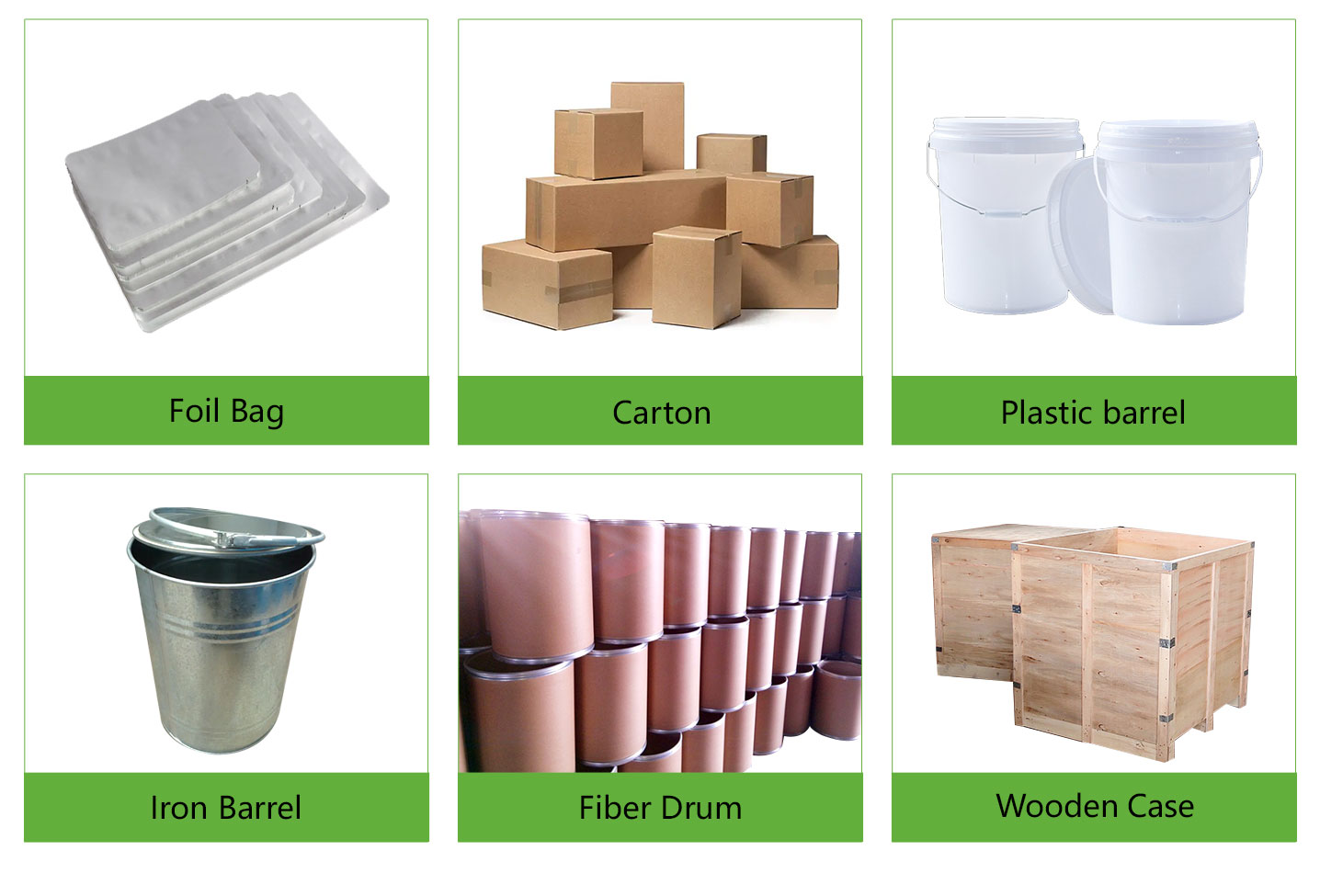Problems Facing Silicon Carbon Material System
Silicon possesses an ultra-high theoretical capacity for lithium insertion, about 10 times greater than carbon materials. It has many advantages, including a similar charging and discharging system to graphite and low prices and plentiful sources. Silicon will, however, produce volume changes of >400% during the deintercalation process of lithium. This will lead to pulverization, loss of contact between the current collectors and the conductive agents, and rapid degradation of capacity. The SEI membrane on the silicon surface is also a major factor in limiting its cycle life.
The lithium ions diffuse into the silicon particle, reducing the lithium insertion capability of the active materials. Selecting nano-scale silicon particle can also reduce material powdering. This will improve capacity. Nanoparticles, however, are easily agglomerated, and they have little effect on the thickening SEI films. Currently, silicon anode technologies are focusing on two key problems: “volume growth” and “conductivity”, which occur during the charge-discharge process. As far as anodes are concerned, the carbon materials used in silicon anodes to form conductive and buffer layer are crucial.
The nanometerization process can enhance the performance of silicon material. To reduce the production costs of nanosilicon materials and to stabilize the SEI film on the silicon surface, many materials have excellent intrinsic conductivity. These materials are then compounded with silicon to achieve these goals. Carbon materials can be used to improve the conductivity on silicon-based anodes and also stabilize the SEI films.
No single silicon or carbon material can meet both the criteria of the modern electronic device for energy density as well as cycle life. The fact that silicon is a member of the same chemical group as carbon, and has similar properties to both, makes it easy to recombine them. The composite silicon-carbon can be used to complement both the benefits and shortcomings of each material. It also allows for a material with gram and cycle capacities that are significantly increased.
The reduction of particle size in the electrode material has the additional purpose of increasing the ionic rather than electronic conductivity. As the particle size is reduced, the diffusion path of lithium ions is also shortened. This allows the lithium ion to quickly participate in electrochemical reactions, during charge and discharge. For the enhancement of electronic conductivity there are two methods. One involves coatings of conductive material and the second is doping. This is done by producing mixed valences states to improve the intrinsic conductivity.
Carbon-Coated Silicone Material
Scientists developed a plan for using carbon to wrap silicone as a negative electrolyte material in lithium batteries. They did this by synthesizing the electrochemical characteristics of carbon and silica. In experiments, scientists found that silicon coated with carbon can boost the material’s performance. Preparation methods for this material include hydrothermal method CVD, and coating carbon precursors to silicon particles. The array of nanowires were prepared by metal catalytically etching the silicon plate. They then coated the surface with carbon using carbon aerogels. The initial discharge capacity of this nanocomposite was 3,344mAh/g. After 40 cycles, the capacity reversible is 1,326mAh/g. The material’s excellent electrochemical performance is due to its good electronic conductivity, contact between silicon and carbon materials and effective inhibition of volume expansion by the silicon materials.
The Development Prospects
Carbon-coated Silicon material is an ideal anode material for lithium batteries. It combines high conductivity, stability and capacity of silicon with the advantages of carbon.
(aka. Technology Co. Ltd. (aka. Our silicon powder is high-purity, with fine particles and a low impurity level. If you need lower, please Contact us.
